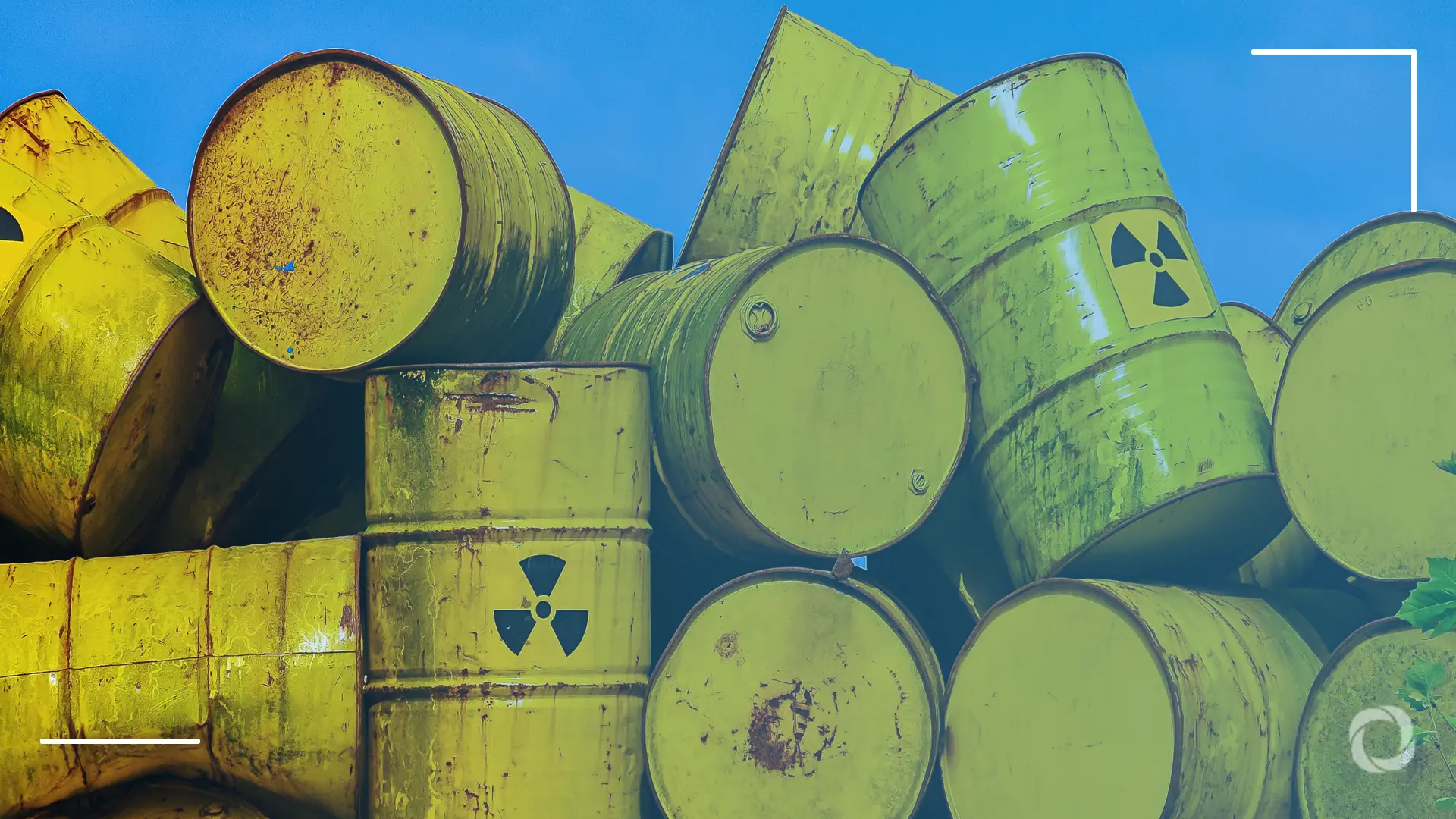The USA is heading towards its biggest nuclear power surge despite the fact that it has now been sitting on a nuclear radioactive bomb for almost four decades. President Trump’s recent orders seek a four-fold hike in the country’s nuclear capacity by 2050. Meanwhile, nearly 91,000 metric tons of high-level nuclear waste are being stored at temporary sites in 39 states. With about 2,000 more tons added annually and no permanent repository in sight, the move by the Trump administration risks further fueling a decade-old unresolved crisis.
The repository battle
In 1987, Congress approved Yucca Mountain in Nevada as the nation’s permanent nuclear waste site, but the project was shelved in 2011 after US$15 billion had been spent, mainly due to persistent legal battles and opposition from state leaders. No alternative has since been approved.
A 2023 report by the U.S. National Academies of Sciences, Engineering, and Medicine found that, four decades after the Nuclear Waste Policy Act was enacted, the country still lacks a “clear path forward for licensing, siting, or constructing a geologic repository”.
The situation has reached crisis levels at some legacy sites. At the Hanford Site in Washington, roughly 56 million gallons of radioactive waste are held in deteriorating underground tanks, at least 67 of which have leaked, posing a risk to the nearby Columbia River. Clean-up costs are projected to reach $500 billion and extend beyond 2100, the Guardian reported.
At South Carolina’s Savannah River Site, the recent discovery of radioactive wasp nests with radiation levels exceeding federal limits by over tenfold has sparked fresh concerns about lingering contamination.
Interim storage or permanent mistake?
With no long-term repository in place, the federal government has turned to privately operated interim storage sites as a stopgap solution.
In June 2025, the U.S. Supreme Court rejected a challenge from the state of Texas and backed a Nuclear Regulatory Commission license that allowed a privately owned Texas facility in Andrews County to store 5,000 metric tonnes of spent nuclear fuel for 40 years.
The project faces fierce opposition with Texan cities, including Dallas passing resolutions to ban the transportation of radioactive material through their jurisdictions.
Critics fear the site could become a de facto permanent repository, but without the safeguards of a long-term facility.
“This facility was never designed to hold waste for more than a few decades,” explained Tom Smith, former Texas director of Public Citizen. “It doesn’t meet the safety thresholds of a true permanent repository.”
The engineering distinction is crucial. The interim facility is designed for a 40-year license term, while a permanent repository would be engineered to contain waste for more than 100,000 years with far higher safety standards.
New Mexico Governor Michelle Lujan Grisham has condemned a similar proposal near Carlsbad as being “dangerous and irresponsible,” while Texas Governor Greg Abbott has vowed to enforce state bans on high-level waste storage.
Trump’s AI-era nuclear ambitions
Despite this unresolved legacy, President Trump’s administration is pursuing the most aggressive nuclear expansion in U.S. history. Aiming to quadruple U.S. nuclear output, President Trump authorized four executive orders in May 2025 to reach 400 gigawatts by the mid-century. The orders also reduced reactor approval timelines to 18 months.
The administration frames nuclear growth as a national security imperative, explicitly linking it to powering military bases and artificial intelligence (AI) infrastructure to outcompete “hostile foreign powers”.
See also: Will US Trump’s executive order ruin wind energy sector and revive oil, gas production?
Nearly one-fifth of U.S. electricity comes from nuclear power, which also makes up 50% of the country’s carbon-free energy supply. Yet with every additional reactor, the volume of spent fuel grows, and there is still nowhere to permanently store it.
In addition, Trump has also ordered the Department of Energy to recommend strategies for domestic reprocessing of nuclear waste and identify private-sector partnerships. However, the U.S. currently has no operational reprocessing facilities, and proliferation risks remain unresolved.
In a regulatory overhaul, Trump directed the Nuclear Regulatory Commission to replace decades-old radiation models with new “science-based” limits and to evaluate reactor projects based not only on safety but also on the economic and security benefits.
Big tech bets on atomic power
Leading tech companies are aligning themselves with the administration’s drive to expand nuclear energy. Faced with the energy-intensive demands of AI data centers, companies like Amazon, Google, and Meta are betting big on nuclear as a reliable, low-carbon power source.
Amazon is investing $500 million in X-energy to secure 5 gigawatts of nuclear power. Google has signed a 500 MW deal with Kairos Power, while Meta locked in 1.1 gigawatts over 20 years and is eyeing up to 4 gigawatts for its AI operations.
In total, private sector investments have surpassed 30 gigawatts in planned new nuclear capacity.
See also: Power-hungry, water-thirsty: How AI is quietly devastating the planet
The U.S. hosts roughly 3,600 data centers, and forecasts indicate that the AI boom could more than double that number by the end of the decade. A Goldman Sachs analysis predicts global data center energy demand will grow 165% by 2030, with nearly 80% of that increase concentrated in the U.S. and China.
What the U.S. can learn from the world
While the U.S. remains stalled, other nations are making progress. Finland and Sweden are constructing deep geological repositories after years of public consultation and local buy-in. Canada has secured formal consent from indigenous and municipal leaders for a national repository in Ontario.
“Consent-based siting works,” explained Laurie Swami, CEO of Canada’s Nuclear Waste Management Organization. “You have to share decision-making with communities.”
In contrast, U.S. efforts towards reform have failed. A bipartisan Nuclear Waste Administration Act modeled on Canada’s consent-based approach has been stuck in Congress since 2024, obstructing any further progress.

